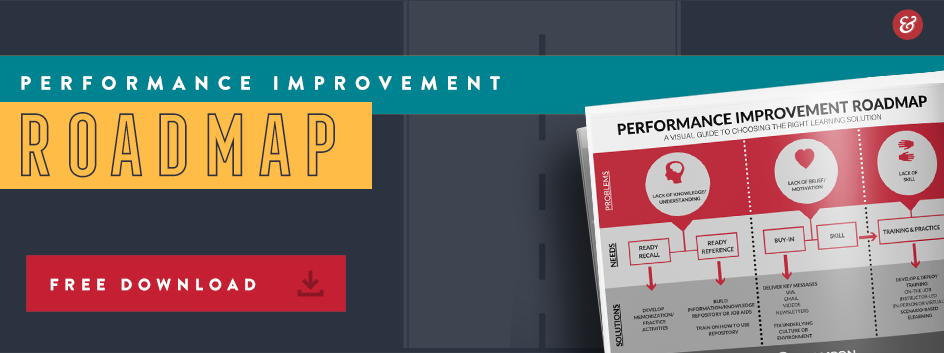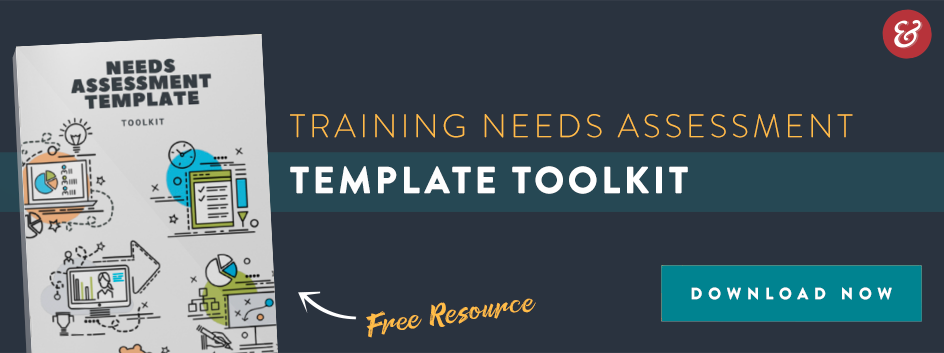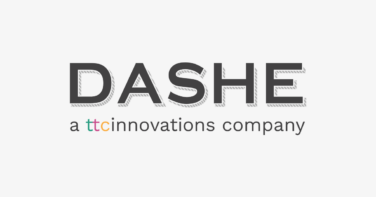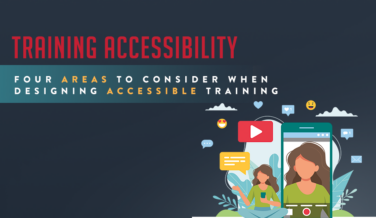Leveraging Effective L&D Modes to Improve Organizational Culture and Retention
One of the greatest challenges organizations face when creating learning and development programs is a lack of engagement from their learners. Traditionally, L&D has been viewed as an additional burden and task for employees, thus leading to a general dread for development and education courses, experiences, and sessions. Fortunately, this is often due not to the content itself, or general employee stubbornness, but rather poorly designed, deployed, and customized learning courses. That is, many employees dislike training programs not because they dislike development, but because their organizations are failing to provide positive experiences. Working to create a positive organizational culture around learning and development will be key to developing and retaining employees in 2022, and we have some tips and tricks that can help you do just that.
First, let’s take a closer look at what it means to have a positive learning culture within your organization. Simply put, a strong learning culture is one in which employees value, seek, and participate in development opportunities. These opportunities, which we typically refer to as learning and development, seek to improve employees’ skills, talents, and overall business effectiveness. Fostering a positive learning culture within your organization means creating an environment in which L&D is valued and utilized. Here are just a few ways you can do that in your organization.

Make training continuous.
One of the best ways you can ensure that learning and development is a part of your organization is to create learning experiences that are continuous. For example, if your goal is to target employee soft skills related to virtual and remote work, you can rollout a training program that builds upon itself across multiple modules. This allows you to continue to add to the education program as more necessary training emerges and helps create a culture in which employees understand their development is a key part of their employment. There are a variety of other ways you can design learning courses to make them continuous as opposed to one-and-done, but that will vary depending on learning objectives and goals. If you’re curious how your specific development goals can align with continuous learning methods, you can click here to explore various learning solutions.
Create fun development opportunities.
In order to create a strong learning culture within your organization, you must also create experiences that are enjoyable. Many employees dread learning and development simply because their employers don’t create experiences that add value to their work. Given this, L&D professionals must take a proactive approach to learning design; it’s not the responsibility of learners, but rather the responsibility of L&D professionals, to create engaging, fun, and educational development opportunities. Investing in learning modes and methods such as blended learning, gamification, and microlearning will not only show your employees that you value their development but will also keep them engaged and improve their retention.
Leverage accessible learning modes.
Accessible learning modes allow learners to complete their development when and where they are most able. Examples of accessible learning modes include mobile learning and microlearning, which both focus on creating digestible learning modules that can be completed on a variety of media and in small, accessible bunches. Much like with the emergence of remote and virtual work, employees almost always prefer learning opportunities that work around their life, as opposed to working their life around their learning. Large-scale in-person training programs are become obsolete, much to the relief of many employees. If you want to ensure that your organization is creating a strong L&D culture, leverage agile learning modes that allow employees to be in control of their development.
With a better understanding of what you can do to create a strong learning culture within your organization, it is also necessary to understand how this can improve business outcomes across departments and teams. One of the most pressing issues organizations are facing right now is what is being referred to as “The Great Resignation.” Beginning in early 2021, mass amounts of employees voluntarily walked away from their jobs in search of better employment opportunities and experiences. This came as a shock to many large corporations who saw vacancies in hundreds of positions, leading to massive business disruptions. Employees in 2022 will have more agency than ever before, and it is the responsibility of their employers to entice them to stay.
There are many reasons for The Great Resignation. Employees have made it clear that poor company culture is one of the main reasons why they leave or think about leaving their jobs. Many employees are also choosing to leave their jobs in search of new opportunities, experiences, and skills. Furthermore, employees who feel a lack of opportunity for lateral growth within their companies are also choosing to jump ship. Out of the variety of different reasons why an employee may choose to leave their job, many of them could be solved, or at least influenced by a strong learning and development culture.
As mentioned above, we are in an age in which employers are responsible for creating a culture in which employees feel valued and appreciated. If your organization is aiming to improve retention rates in 2022, turning toward a strong learning and development strategy can be one of the best ways to do so. Recent developments in eLearning have made training programs more accessible, agile, and effective than ever, and your organization can leverage these tools to improve employee satisfaction and broader company-wide culture. Remember, as employees continue to seek out new opportunities and experiences, many of them will be looking for organizations that value, invest it, and create meaningful learning and development opportunities.

Continue reading

Dashe joins ttcInnovations
Learn More
Embracing the Future: Early Adopters of Generative AI for Learning
Learn More
Four Areas To Consider When Designing Accessible Training
Learn MoreCommitted to
finding solutions
